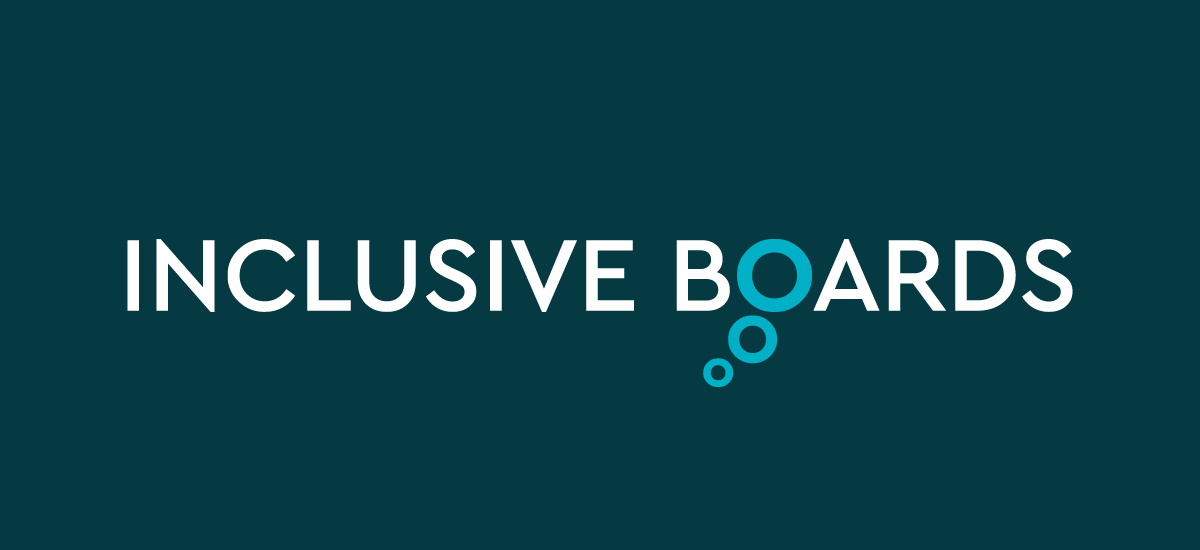A former Software Engineer at Google criticised the company’s efforts in attempting to diversify and improve its gender imbalance to biological differences between men and women.
Much similarly found at Intel following, their diversity report release. This report projected their 2020 diversity goals. Unsurprisingly, the projection still showed that by 2020 the companies diversity growth would have improved mildly – “with white men still making up 68% of company employee”.
“Ultimately, diversity is an outcome reached through greater inclusivity. As employers it’s too easy to behave in a way which is accidentally exclusionary: if every social event is beer and pizza in a noisy pub after hours, there will always be groups of people who are not able or not inclined to attend.” This suggests that perhaps the technology sector is faced with both the task of not only aiming for diverse workforce but also one that is also inclusive.
When looking at ‘inclusion’ the London tech scene leans towards cultural acceptance, whereby “those who work long hours and pull off heroics are celebrated”. A deeper analysis of this demonstrates the non-shock that employees from more privileged backgrounds are able to thrive in these environments at the expense of others.
Again, with diversity it seems that we often omit other dimensions such as age, sexuality, marital status and mental and physical health, often unintentionally discriminating other encompassing factors which are not race or gender.
It is therefore incumbent that both inclusivity and diversity are closely assessed within the tech world. Part of the many solutions suggested for this is that big tech companies like Google should strive towards promoting the perception to be genuinely inclusive. Nonetheless, an underlying factor remains that diversity imbalance will continue to be an issue.


